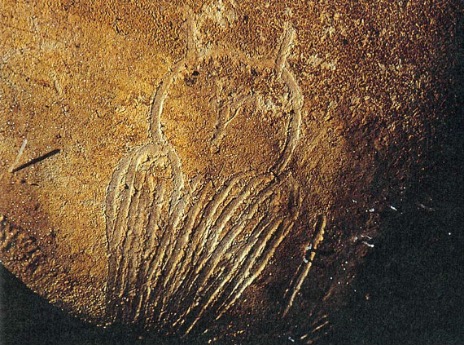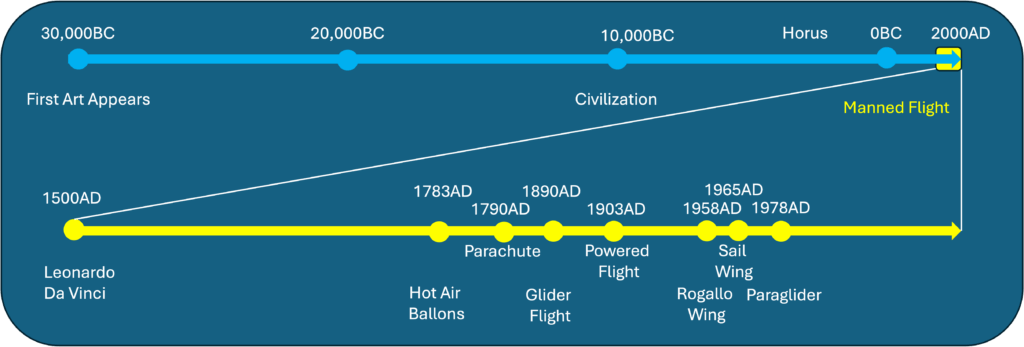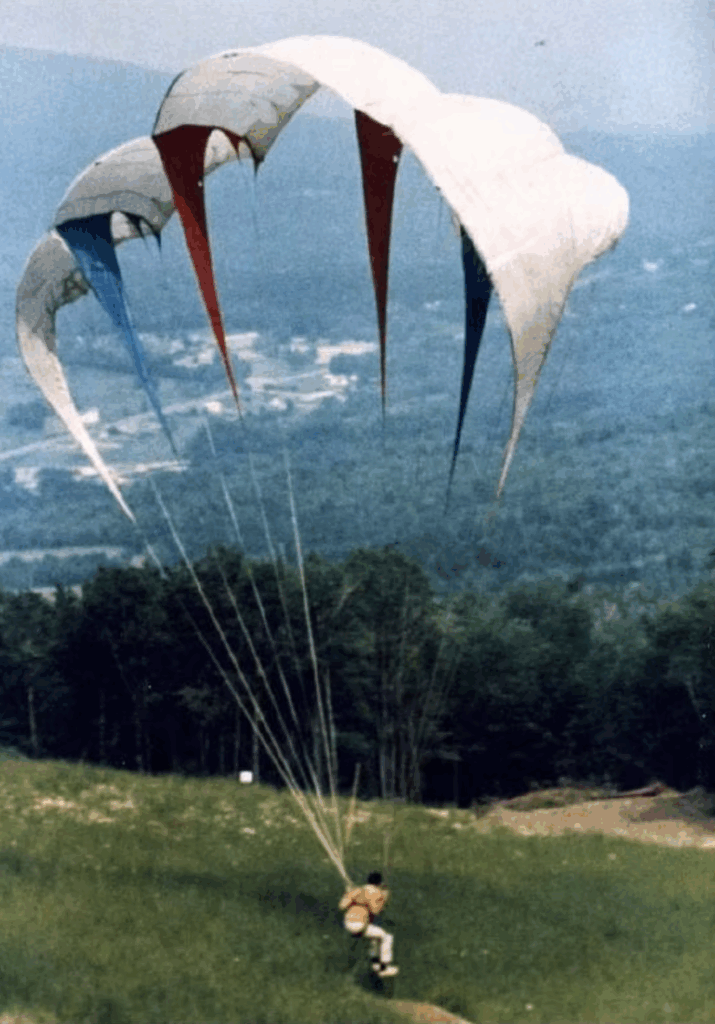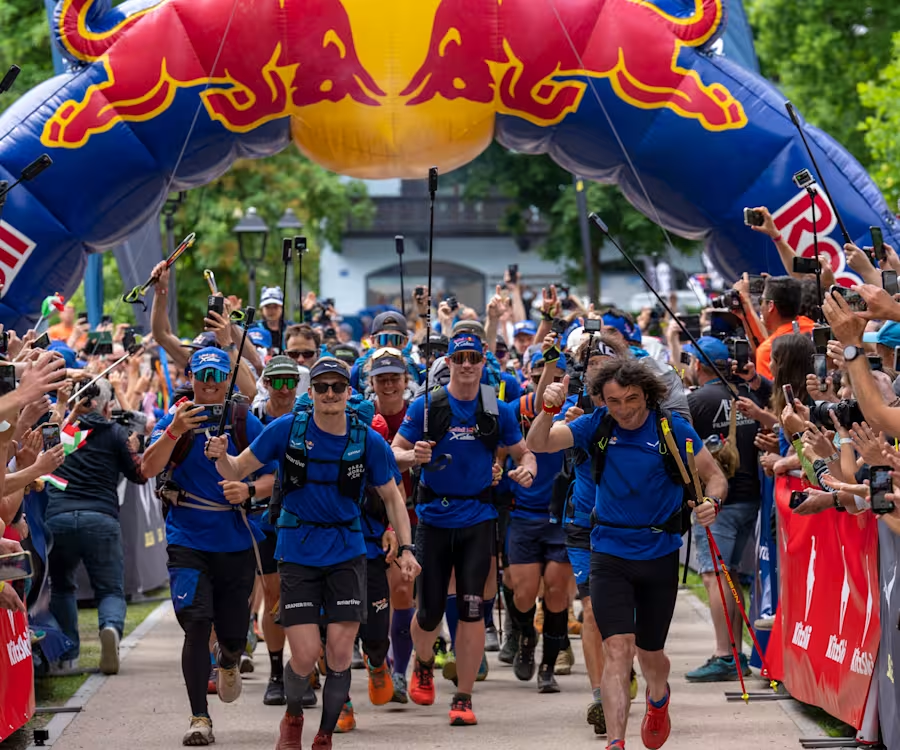Man’s immortal pursuit becomes a sport
‘Know from whence you came. If you know whence you came, there are absolutely no limitations to where you can go.’
- James Baldwin: African-American novelist, essayist, playwright, poet, and social critic.
You are so lucky to be flying at this time in history
You are incredibly lucky to be a pilot at this moment in time – and, according to our ancestors, the only true pilots. For hundreds of thousands of years our ancestors looked to the birds and dreamt of flight. Whilst our ancestors were hunting and gathering on foot, carrying the fruit of their labor high over mountain passes and defending themselves from wild animals they were watching their feathered friends effortlessly pass over the same mountains. We wanted to be free from the burden of gravity just like them.
- We envied them so much we idolised them as gods. As far back as 32,000BC in Chauvet-Pont-d'Arc Cave, France our ancestors were painting them. Horus in Ancient Egypt, Zeus in Ancient Greece, Garuda in Hindu Mythology and many more were all examples of ancient man worshipping these beings that seemed to defy the physics that bound man to the earth.

- And then we decided we would become them. Leonardo Da Vinci in the 15th century, the Montgolfier brothers’ hot air ballons of 1783 and Otto Lilienthal of the 1890s all had a dream to match our avine friends. Then two bicycle mechanics Orville and Wilbur Wright from Kittyhawk USA would defy all the academics and create the first powered aircraft. Wilbur’s last flight was aboard a Lockheed Constellation – the world’s first 80 seat airliner. He saw the first powered flight through all the innovation of WW2 right up to commercial air travel. Subsequently we have continued to develop aircraft right up to the 575 tonne Airbus A380 with up to 800 seats.
- The development of aviation has really only come in the last 120 years or 0.35% of the timeframe since man started painting birds – a flash in time. For the majority of man’s existence, he did not dream of a gin and tonic in the business class bar of an A380 – he dreamt of walking up to the top of the mountain and stepping off and effortlessly moving across his environment with his feathered friends. He dreamt of Hike and Fly.

The History of Hike and Fly
- The dream of free flight has long captured human imagination. By the late 19th and early 20th centuries, pioneers like Otto Lilienthal were experimenting with gliders, making controlled descents from hillsides. These early experiments laid the groundwork for hang gliding, which emerged as a sport in the 1960s and 70s. Using flexible wings inspired by military parachute designs, hang gliders allowed enthusiasts to soar for extended periods, though the bulky equipment made hiking to launch sites impractical.
- The French engineer Domina Jalbert’s invention of the parafoil in the 1960s introduced the concept of an inflatable, flexible wing capable of gliding efficiently. By the 1970s, parachuting evolved into a sport of its own, with skydivers seeking to refine their equipment for better control and manoeuvrability. Meanwhile, hang gliders enjoyed increasing popularity, thanks to lighter, more portable designs. The Rogallo

The Birth of Paragliding (1980s). Paragliding, as we know it today, began in the late 1970s and early 1980s in the French Alps. Adventurers started using modified parachutes to descend mountains, combining hiking with flight in an informal way. Unlike hang gliders, paragliding wings were more compact and easier to carry, opening the possibility of ascending steep terrain on foot and launching from remote takeoff points. However, early paragliding equipment was cumbersome, limiting its practicality for long hikes.
By the late 1980s, advancements in fabric technology and wing design improved the glide ratio and portability of paragliding equipment. These innovations made it increasingly popular among mountain enthusiasts who sought the thrill of free flight without the logistical challenges of hang gliding.
The Emergence of Hike and Fly (1970s–2000s)
- A few hard core hang gliding pilots started hiking and flying in the early 70s in Europe. With gliders as light as 12kg and glide ratios of as little as 5:1, these pioneered many new sites in Europe and around the world.
- My first hike and fly was in 1994 in the Gregory National Park, Northern Territory Australia. My gear was 40kg, the hill only 300m and the only landing zone available was the dirt track which we drove in on and which was 1m narrower than my wingspan. This was my first taste for what I love the most which is ‘skyoneering’ – hiking and flying places never flown before..
- As paragliding gear became lighter and more efficient in the 1990s, the concept of hike and fly began to take shape. Pilots would hike to high-altitude launch sites, carrying their wings in backpacks, and take off to explore remote landscapes. The sport appealed to adventurers seeking a combination of physical challenge and aerial exploration.
The 2000s brought further refinements, including ultralight harnesses and wings tailored for hike-and-fly enthusiasts. Pilots began to embrace the sport as a distinct discipline, combining elements of mountaineering, endurance sports, and paragliding. Trail running and lightweight gear innovations also contributed to its rapid growth.
The Rise of Competitive Hike and Fly (2010s)
The first formal hike-and-fly competitions began in the early 2000s, most notably with the Red Bull X-Alps in 2003. This gruelling race, covering over 1,000 kilometres across the Alps, showcased the endurance, strategy, and skill required for hike and fly. The X-Alps inspired similar events, including the X-Pyr in the Pyrenees and a growing number of regional and local races worldwide.
Hike and Fly Today
By the 2020s, hike and fly has grown into a globally recognized sport enjoyed by elite athletes and recreational adventurers. In 2020, with Governments prohibiting cable cars throughout most of Europe, the only way to fly was to Hike and the sport started to boom and here we are today with approximately 60 races annually around the world – and growing rapidly.

Comments
No comments added so far ...